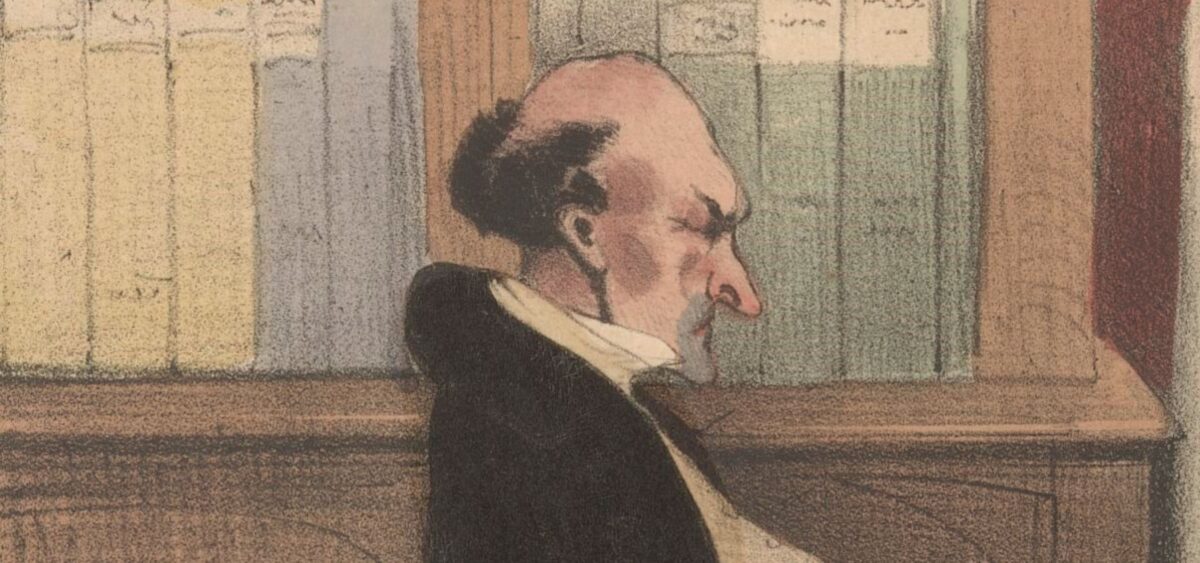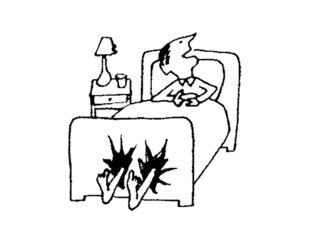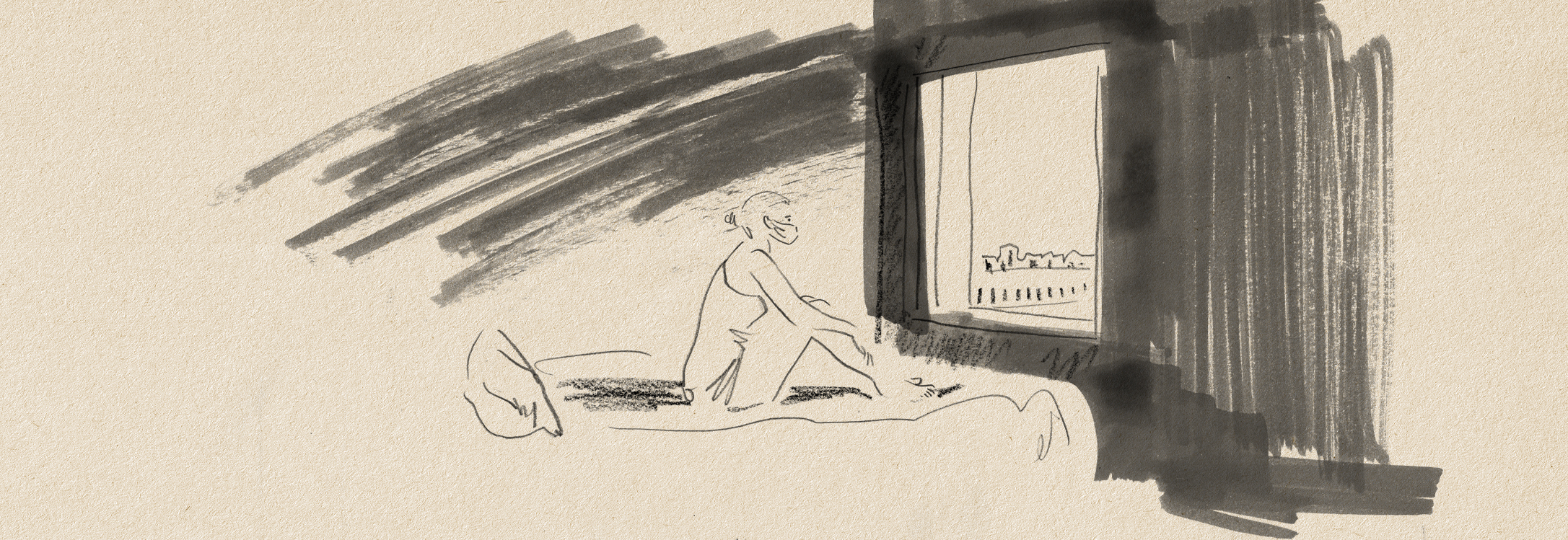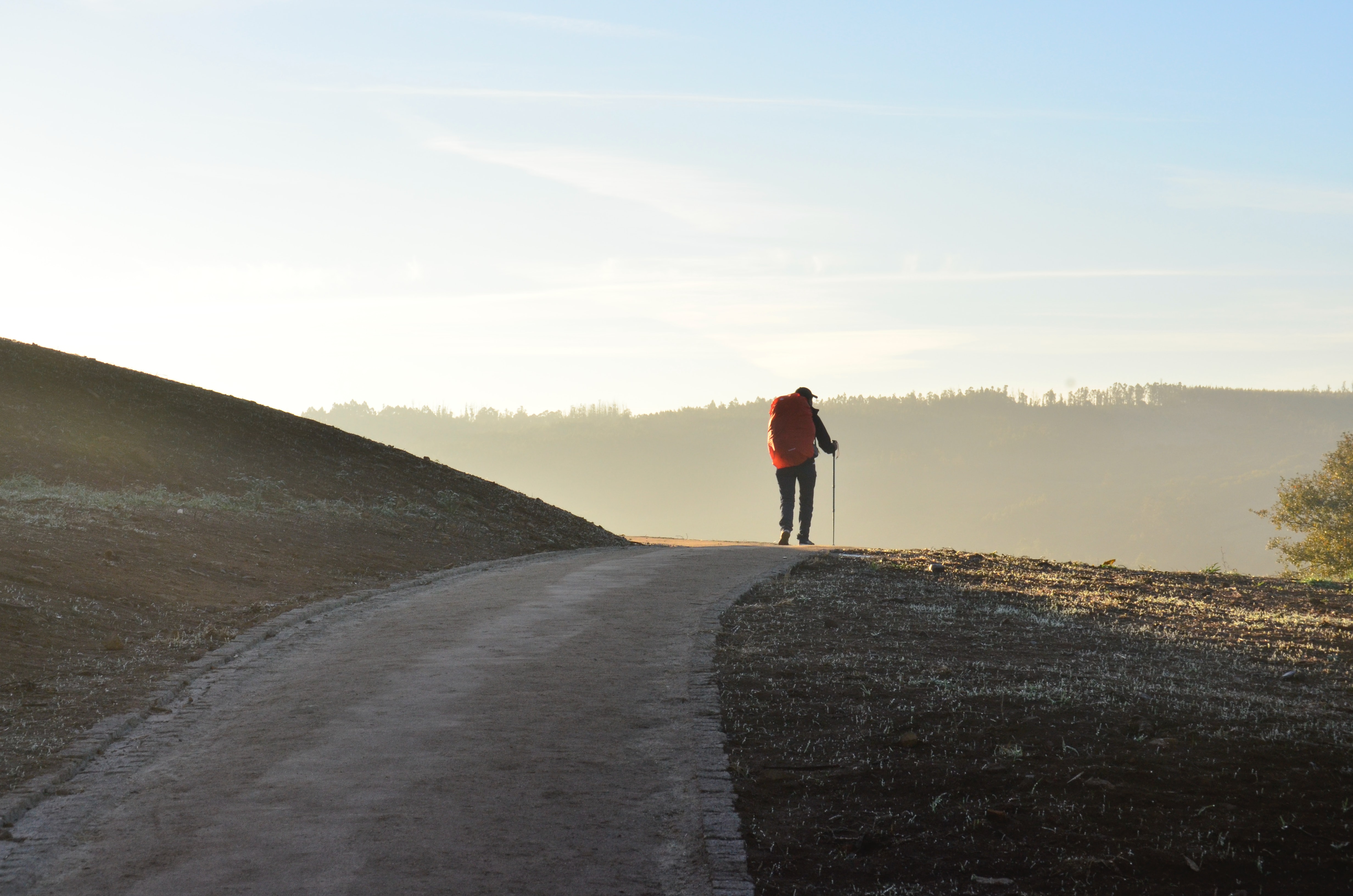
Maintaining a positive attitude can undoubtedly assist us during tough times – something that we are keen to promote at “Przekrój”. But what about adopting an opposing approach? Our contributor reflects on the merits of responsible negative thinking.
The American ironist James Branch Cabell wrote that: “An optimist believes we live in the best possible of worlds. A pessimist fears that this is true.” Far from the sunny entitlement of life’s Panglossian amblers, to practice the art of negativity is to see the world with darkly artful perception. While a valorization of the negative may be hideously alien to some, its paradox holds cast-iron worth.
An element of shared grief and negative communion can foster a unique feeling of solidarity and a more piercing knowledge of the world, which can be gained only through profound suffering. The virtue of negative thinking in terms of mental health is one which has been obfuscated by the sugary vogue for trite affirmations. Instead, perhaps practising an art of responsible cynicism and an anti-capitalist spirit of critique might better suit a universe below ground zero.
In the contemporary milieu, the idea of being negative is either regarded as a destructive mentality or else defeatist fatalism. But, at least in passing shades, negative emotions can hold great power. There resides in negativity the seed of critical thought and a beneficial duty to engage with one’s internal feelings. The work of negation, indeed the very act, is a process which remains productive in a sense – a deconstruction rather than a wholly violent act of destruction. The act of being negative is a process of ‘working through’ – a struggle.
For example, an attempt to defer the grief caused by a traumatic experience achieves only the deferral of an inevitable confrontation with so-called negative emotions. This can also be a more everyday affair – a survey of 2000 adults commissioned by the UK-based Mental Health Foundation found that, on average, adults will say “I’m fine” 14 times a week, while only 19% sincerely mean it. Yet feeling anger or sadness is the reality of life – the denial or repression of those sensations also has wide-ranging ramifications beyond the self. According to studies reported by the World Economic forum, negative thoughts can actually be crucial to maintaining our wellbeing and promoting good mental health.
Equally, channelling Aristotle, psychotherapist Tori Rodriguez claims that: “Eudaemonic approaches [essentially, a sense of wellbeing centred on self-determination and the fulfilment of potential] emphasize a sense of meaning, personal growth and understanding of the self-goals that require confronting life’s adversities. Unpleasant feelings are just as crucial as the enjoyable ones in helping you make sense of life’s ups and downs.” Trying to repress or ignore so-called negative emotions can make these feelings suppurate and spill out into unresolved collateral damage.
Modern society enforces a bias towards positivity and forward-thinking attitudes; one of the many curses of late capitalism. Workplace presenteeism in the name of corporate productivity is one symptom of this, but so too are the vapid platitudes peddled by tabloid media and the subtle determinism of ‘Like’ buttons on social media. In any case, this prevailing upbeat wind can often blow us out to sea, leaving those with negative emotions like castaways clad in counterfeit joy. The demand for constant optimism leaves many trying to hide the shame or resentment of experiencing negative thoughts and feelings. Human experience runs the full gamut of sentiment, and sometimes we have no choice but to roll with the punches and accept the negative side of life.
But what is vital for any negative methodology is the pliability and expansiveness it allows. Even the English Romantic poet John Keats formulated a concept, one which he termed ‘negative capability’. At root, it describes a propensity for living in the midst of mystery; or, more accurately, the power to accept enigmas and uncertainties with an open mind free from the imposition to hunt down order and clarity. His very use of ‘negative’ is not meant derogatively, but to represent absence in a more abstract sense – the positive potential of ‘being without’ something. In this case: knowledge or certainty.
Critically, he expresses a rejection of the kind of chauvinist positivism which states that the world can only be known through empirical phenomena and which strives for absolute knowledge and truth. For both Keats and the present argument, an element of absorptive flexibility is of far greater importance; to be receptive rather than cravenly reactive. The negative capability of the art of negativity reveals a mutual demand for plasticity, open-mindedness, and freedom from totalizing rules and answers.
Negativity is natural – it does not have to be an absolute void of nihilism or the diametric opposite of ‘positive thinking’. In fact, there is substantial empirical evidence to show that humans have an inbuilt negativity bias. According to a research team led by Amrisha Vaish at the Max Planck Institute for Evolutionary Anthropology in Leipzig, there is a clear “asymmetry in the way that adults use positive versus negative information to make sense of their world; specifically, across an array of psychological situations and tasks, adults display a negativity bias, or the propensity to attend to, learn from, and use negative information far more than positive information.” At root, their research concludes that this serves an evolutionary function in human development.
In fact, it could be argued that so-called ‘toxic positivity’ is more hazardous a phenomenon than the matter-of-fact attitude of negativity. In vogue as a psychological phenomenon, toxic positivity is essentially the idea that negative emotions are inherently ‘bad’ and that the most suitable response to emotional turmoil or pain is always a positive mindset (however inappropriate that may be.) Indeed, toxic positivity at large has become so ubiquitous as to represent something of an inculcated attitude in some people’s everyday interactions with one another. It is the (often unintentional) gaslighting platitudes desperately rendered in response to negativity. “Everything happens for a reason,” the terminally ill patient hears; “It could be worse,” someone bleats as another loses their job; or, “At least you have your health,” says the friend to a fresh divorcée.
More explicitly, the cultural sensation of #goodvibesonly exhibits an almost cultist traction and boasts 12.8 million posts on Instagram. Predictably, the trend is one where social media influencers – preaching from the pulpit of the self-proclaimed life coach – evangelize an unhealthy denial of anything that might trouble the waters of their fragile world. Unimaginably utopian beach selfies are accompanied by the banal slogans of cultist optimism; while the good vibes may tell you that ‘you can do anything you set your mind to’, the untenable positivity is both unshielded and unsafe.
In its stress-inducing suppression and dangerous infantilism, the almost dogmatic nature of toxic positivity inhibits raw human emotion and invalidates the necessary negative feelings we all have in life. The blindly optimistic lunge towards a meretricious idea of positivity is one deeply traced by the logic of 21st-century capitalism and its ceaseless drives for production. We should not police our emotions. Perpetual happiness is impossibly perilous and the attempt to suppress the lows of life can create deep-seated stress, which is detrimental to physical health and mental wellbeing.
The so-called ‘wellness’ industry swindles consumers by selling the idea of positive wellbeing to a vulnerable customer base desperately sinking money into spa retreats, dieting, juice cleanses and holistic therapies. Wellness capitalism is the symptom of a much more corrosive condition; as if more consumption were the answer to healing the wounds of capitalism. In reality, the promises of ‘mindfulness’, ‘positive mental attitude’ and ‘healthy living’ pledged by the industrial wellness complex are exposed as just one more arrow in the quiver of exploitation. There is nothing revolutionary about paying for a product. Under late capitalism, we are always alienated, cheated and ripped-off: why should this business model of idealized versions of the salubrious self be any different?
As the writer and civil rights activist Audre Lorde wrote, self-care “is not self-indulgence, it is self-preservation, and that is an act of political warfare.” Even her statement – made in the context of fighting both cancer and the status quo within the sphere of 1980s black activism and radical feminism – has been co-opted and appropriated by white patriarchal capitalism. A call to arms, disarmed and rendered meaningless through subsumption into the marketized zeitgeist of Instagram posts, corporate advertising and commodified positivity.
That self-care emerges from a radical queer voice should not be surprising. The world has always been a place of violence and erasure set up to homogenize identity and exact ideological force upon difference itself. Self-care, then, represents the negative in its constructive resistance to structural inequality and in the radical act of living one’s truth in the face of institutional prejudice.
Indeed, ‘Radical Negativity’, was the title of a 2014 interdisciplinary conference at Goldsmith’s, University of London. Its organizers hoped to interrogate “productive possibilities for negative states of being” by engaging with feminist and queer scholarship to productively explore the darker façades of the human experience. Academic research focused on the “aspects of human subjectivity perceived to have a detrimental impact on the self-constituting practices of the positive self, such as shame, trauma, unhappiness, loss, pain, and melancholia, and to reconceptualise them not only as integral to the process of subject formation, but critical and productive affective states in which to engage political action.”
This conceptualization of radical negativity has much in common with the art of negativity. It shares the interconnections between human identity, opposition and positive value, and the way in which negative states can provide key coordinates for meaning and therefore new potentials for social and political engagement.
The structural factors which cause such immiserating abjection always hit the most deprived hardest. When faced with unemployment, poverty, the housing crisis, family issues, the vast mess of life – how could one not express a certain negative attitude to living? And surely the toxically positive should be banned from preaching sermons about ‘looking on the bright side’?
Etymologically, the word ‘negative’ originally appears from the Old French negatif and the Latin negativus for ‘that which denies’, ‘to deny’ or ‘say no’. The sense of expressing negation and the absence of the affirmative or positive comes later, in the 15th century. Understood through this linguistic heuristic, we might perceive negativity as the power of refusal or the active ability to oppose a contrary view. This makes negativity a necessarily political force.
Judgmental bourgeois attitudes towards revolt and protest necessarily represent hegemonic support for the status quo. Taking the argument to its endpoint, this means a tacit or vocal reinforcement of authoritarian neoliberalism and its corrosive pillars of racism, sexism and structural inequality. We have to be free to be negative, free to rail against injustice in whatever way it materializes, if we are to realize the emancipatory potential for negativity.
For Sonja Avlijaš, a social scientist based at the University of Belgrade and Sciences Po in Paris: “Negativity means the opposite of positivity, but, somehow, it isn’t quite that. I am personally more inclined to believe that we need to integrate our own darkness and find ways to act from it and be empowered by it, just like we are able to act from positivity when it is honest. But this needs to be combined with responsibility, and it is very different from advocating outright violence,” she claims.
As Avlijaš continues: “The capitalist mindset lures us into the trap of thinking that unless we are positive, happy and moving we must be condemned as ‘negative’. But why would anyone who is taking care of their soul, through paying attention to their sadness, their grief, their anger (much of which comes from structural factors, rather than personal ones), be called ‘negative’? It’s the most positive thing one can do for their soul. It’s called caring for oneself and one’s human condition (and for those around you),” she concludes, echoing Lorde.
Accepting the fact that life is inherently fraught with difficulty does not demand that this be seen as a concession that life is not worth living. On the contrary. In today’s desperate times, unaided by the pandemic, we need to be alive to complacency and ever-more candid in sharing emotional pain when it feels right to do so. Accepting opposition and negated values also requires others to listen and offer real compassion, even if this involves difficult conversations. In the negative is the promise of the positive.










